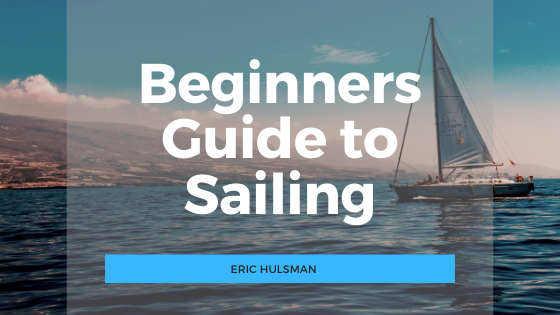Sailing is an activity many people dream about, picturing gentle breezes, hammocks, and dolphins sporting alongside the craft. It is not all smoothness and easy pleasure, however. Sailing has a variety of variables that need to be understood to be well-equipped, whether the beginner is aiming to sail on a lake or go tropical island hopping.
Choose a Boat Carefully
A beginner is best suited to using a smaller boat that is more responsive; this helps make understanding the changing dynamics of sailing easier. Some sailing courses prefer 22-foot keelboats. These are sturdier and bigger than dinghies while being small enough to truly experience the forces of water and wind on the craft.
Choose the Right Conditions
Good conditions depend on the area of the beginner. Ideally, good conditions consist of seas that are fairly calm and winds that are lighter as opposed to stronger. Sunshine is a plus, as is a 0% precipitation chance. It is important to keep in mind that the shore tends to be calmer and warmer than it is out at sea.
Know Licensing and Regulations
Boat licenses vary depending on the state as well as what and where the beginner will be sailing. Lake sailing and coastal sailing may have different regulations and licenses. When looking to buy a boat, know what licenses are required.
Try Sailing Courses
For learning in an environment that is safe, sailing schools are hard to beat. Hands-on training is provided, along with all necessary equipment. Learning can take place in everything from dinghies to offshore sail training ships. Such schools often offer routes to qualifications that are essential for the beginner who plans to work on sailboats.
Understand the Water
First, know that saltwater and freshwater treat boats and equipment differently. Freshwater is gentler than saltwater, which corrodes everything in its way. Next, tides are tricky things that need to be considered. Learning local currents is also essential for getting out and back again.
Know Safety Tips
Beware the boom, first and foremost. It is the big pole that emerges from the mast, holding out the mainsail. It swings as the wind changes or the vessel turns and gybes. Also necessary is knowing how to handle onboard fires.

